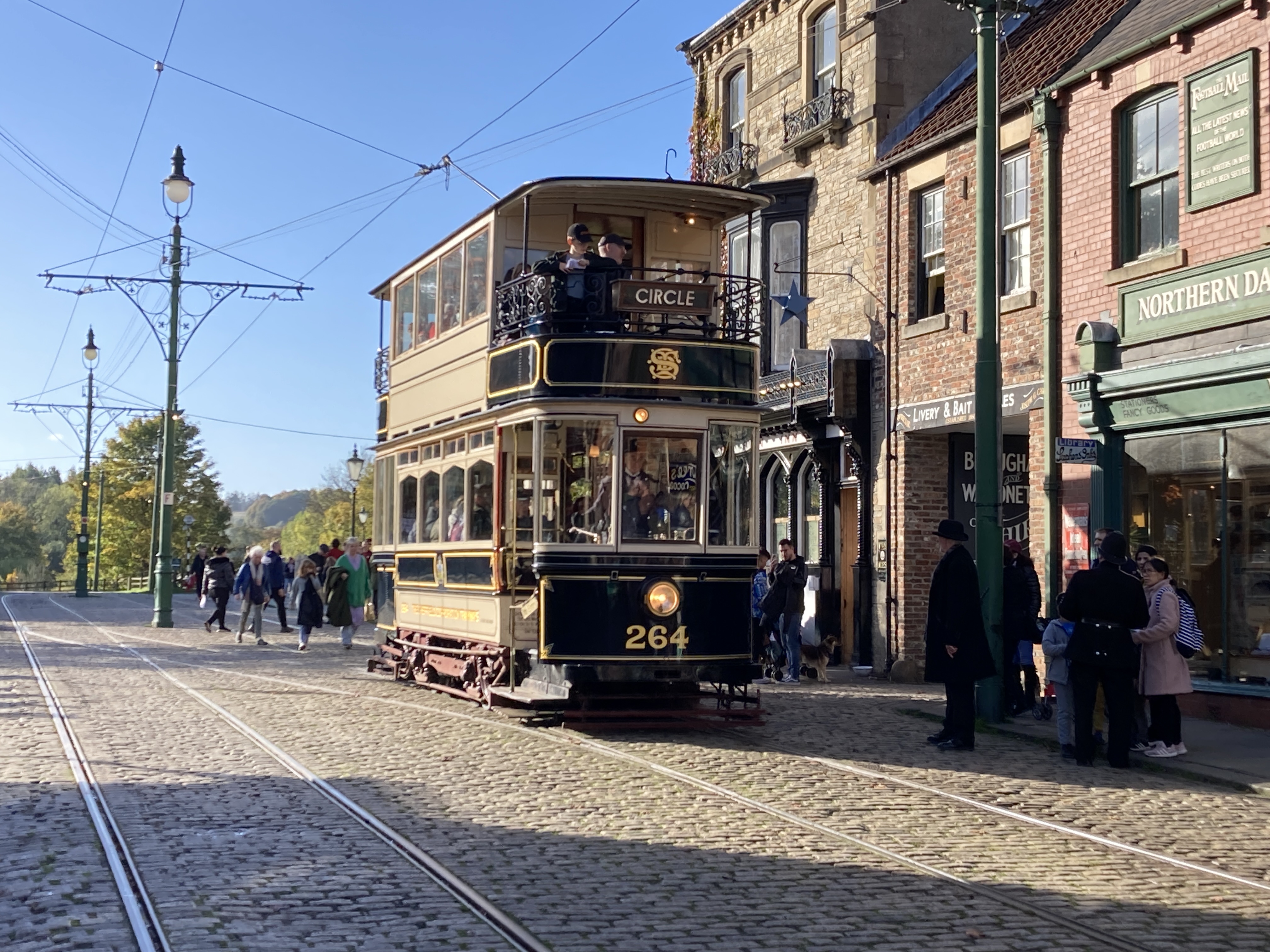
T&I News 24 2022…
The weeks seem to get shorter and shorter as the year rolls by! The workshops are busy and the work inside is bearing fruit. We have seen Sheffield 264 return to service this week, and Darlington 4 is back from it’s floor rail and window repairs, wearing new adverts and all set for the autumn/winter services. Gateshead 10 is progressing well, as you will read below, and strategic planning is back on the active list – something I will share on here in due course.
The permanent way is being assessed by our new Infrastructure Manager, David. And a plan for this winter, and then 2023 is being drawn up – one of the challenges of which is locating suitable materials in this very uncertain and unstable climate.
The retubing of Puffing Billy and No.18 is being prepared for, whilst the K class (559) has materials for its boiler gathering in Darlington. Dunrobin is about to enter the workshops at Bridgnorth, with a re-start on its rebuild imminent (some smaller works already being underway).
Gateshead 10
Below: In the RHEC, Matt B has rejoined the transport team as previously noted, and is working on a number of our active projects. One area requiring attention has been 10’s destination boxes, where they had become both shabby and damaged, as seen below.
Below: With new hardwood grafted in, and shaped to match the original, they have now moved into the paintshop where Rebecca will paint them as part of her programme of work (which includes everything below the underframe on this tram) through the winter.
Below: Some of the supporting brackets for the destination boxes had also seen better days, and so repairs and replacements have also been created where needed. All destination box photos by Matt Beddard
Below: Meanwhile, the engineering team have wheeled the bogies and tested both out on the tramway out of hours, using 114 as a towing vehicle. The results were very good and work will now continue on the fitting of the brake components as well as painting the considerable number of parts that each bogie is made up of. Photo from Don Cook. Note the apparent splaying out of the wheels is an optical illusion!
Below: Once they had been returned to the workshop, the bogies were placed onto our raised pits, in order for the brake gear to be positioned. Photo by Don Cook.
Below: With so few components aligning properly, and with years worth of ‘adaptation’ evident, the team are going to correctly position various items of the braking system, then fill/re-drill holes in the bogie frames to enable correct alignment and more accurate hole creation to take place. Most of the original components also require significant repair and remaking. Here one of the brake hanger mounting brackets is clamped in place. Note the two circles at its lower point, these being where the bolts land for mounting on the frame. These have been filled, and the corresponding holes in the frame will be filled too. Then new pilot holes drilled and opened out to enable the correction in position to be made, and any wear to be eliminated too. There are no components on these bogies that have not required extensive work of this nature, giving a very graphic illustration as to why a heavy mechanical overhaul like this takes so long and costs so much. It is almost certainly the first time that these lengths have been explored since the bogies were first manufactured, and our aspiration is that they will then give us many many years more of service, with minimal intervention beyond maintenance and examination.
Below: A close up of one of the track brake beam’s guide and mechanism for imparting the brake force. The re-engineering in this area has seen the ‘crosshead’ accurately machined and lined with the bronze slippers, substantially new material and also the addition of grease nipples (there was previously no way of lubricating these moving parts) and bronze bushes. The brake cross shaft itself is new, and runs in bronze bushes. If I was clever with Photoshop, I’d colour code the photo to show what is new, but basically, apart from some cast mountings, the truck frame and wheel centres, pretty much everything in this photo is new.
Darlington Bus Shelter
Below: The whole shelter has now been painted, into Buckingham Green (our standard colours for tramway/bus infrastructure at Beamish). The roof structure is now outside, pending placing into storage whilst we await the site to be prepared for its installation. The uprights and guttering are complete, the cresting is to hand but not yet fitted, and the glazing is on back-order for when this is needed.
Returned to service
Below: Darlington 4 has returned to site, and service, following work to its floor rails, window seals and some other cosmetic coachwork repairs.
Below: Sheffield 264 is also settling back into service, and very welcome it is too! The overhauled motor was refitted and tested last week, with the tram then being given a D exam before it was handed back to the operating department.
18th June 2008…
Below: Fourteen years ago, when I took these photos, the future significance of seeing TMT 11 and NCT 501 alongside each other was obviously not appreciated! These views were taken during a visit to the Black Country Museum of our Newcastle trolleybus, 501. TMT 11 was based at the BCLM for around five years (June 2006 to April 2011), and as can be seen here (and further to the post describing its arrival), the end of service notices were still affixed to the vehicle. I am very grateful to a blog reader who supplied comprehensive information about 11’s movements and pre-preservation life in Reading as well – thank you Dave. I also have photos from its previous visit to the BCLM between 1990 and 1993, but these are prints and need scanning.



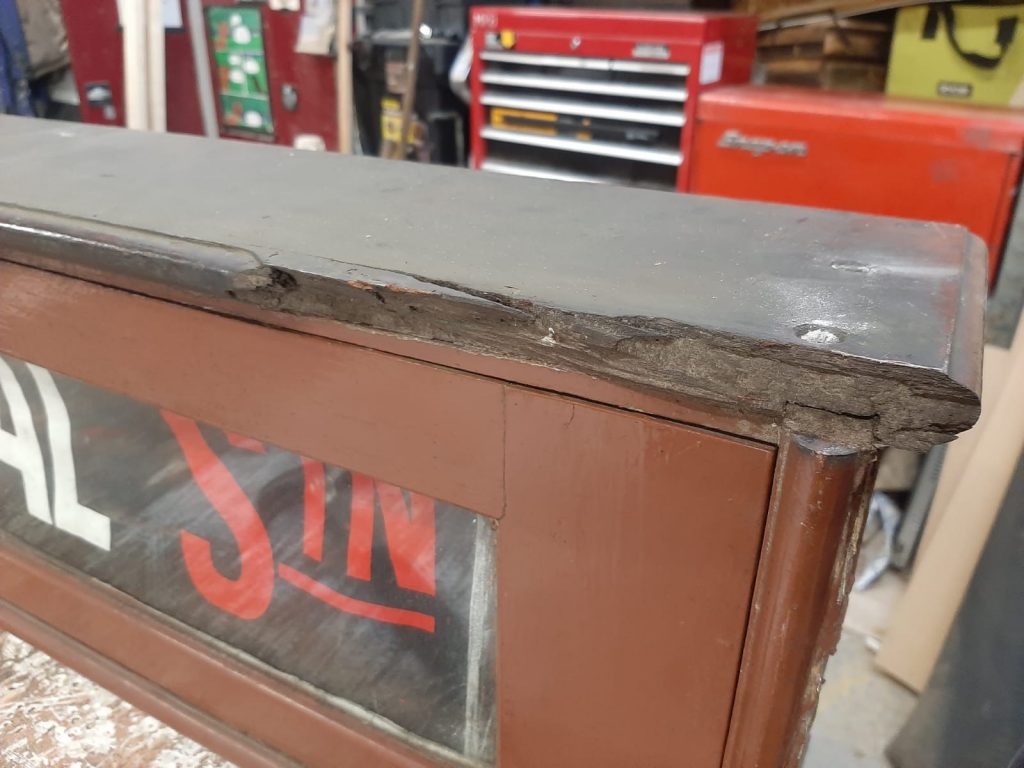

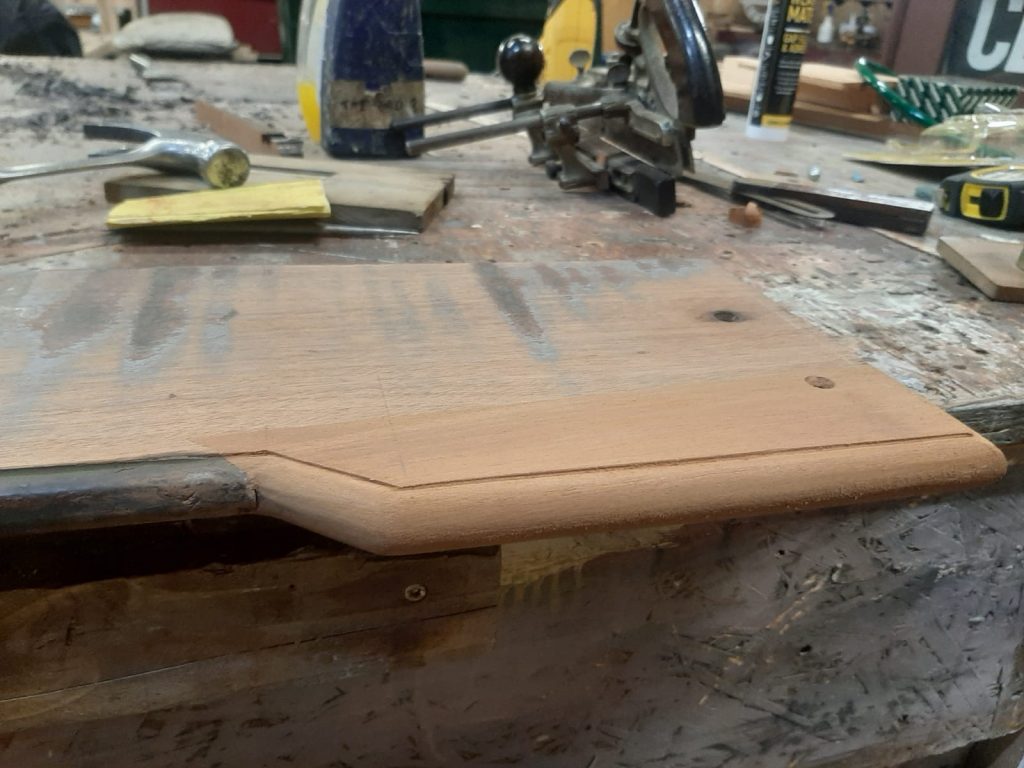
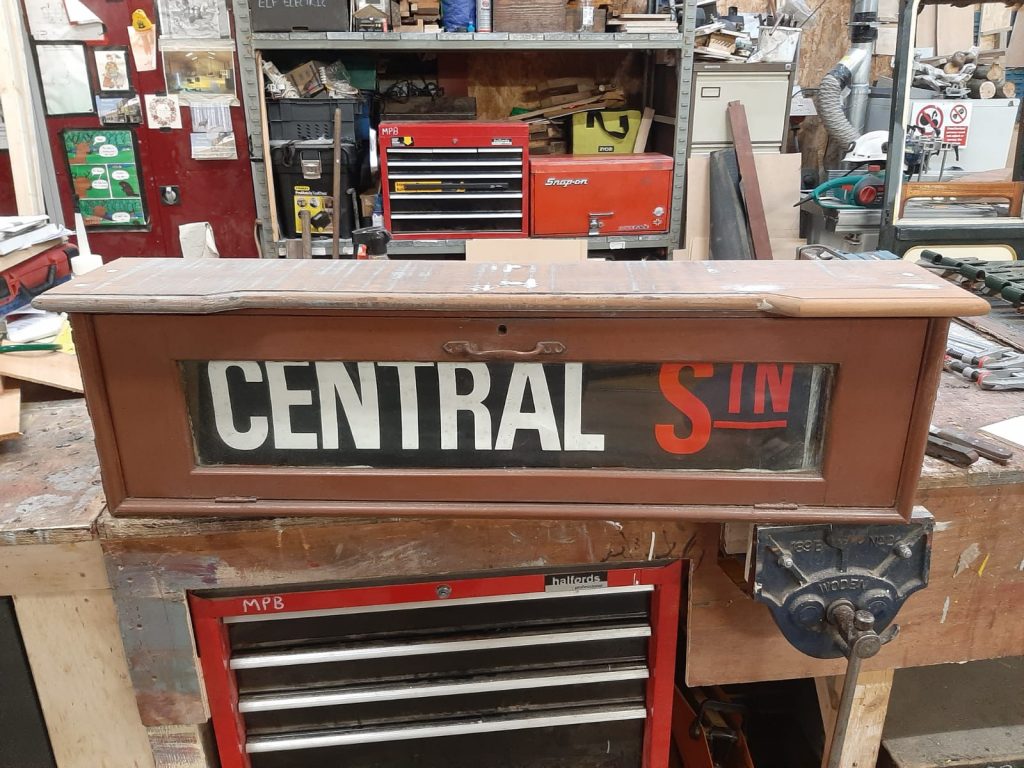

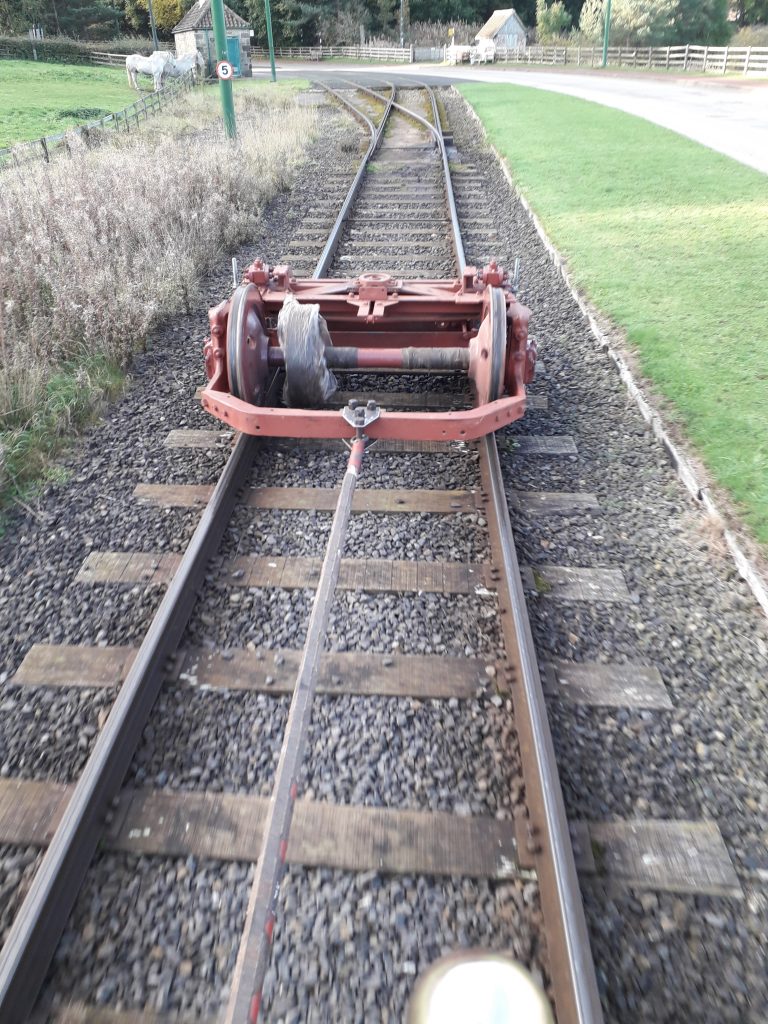
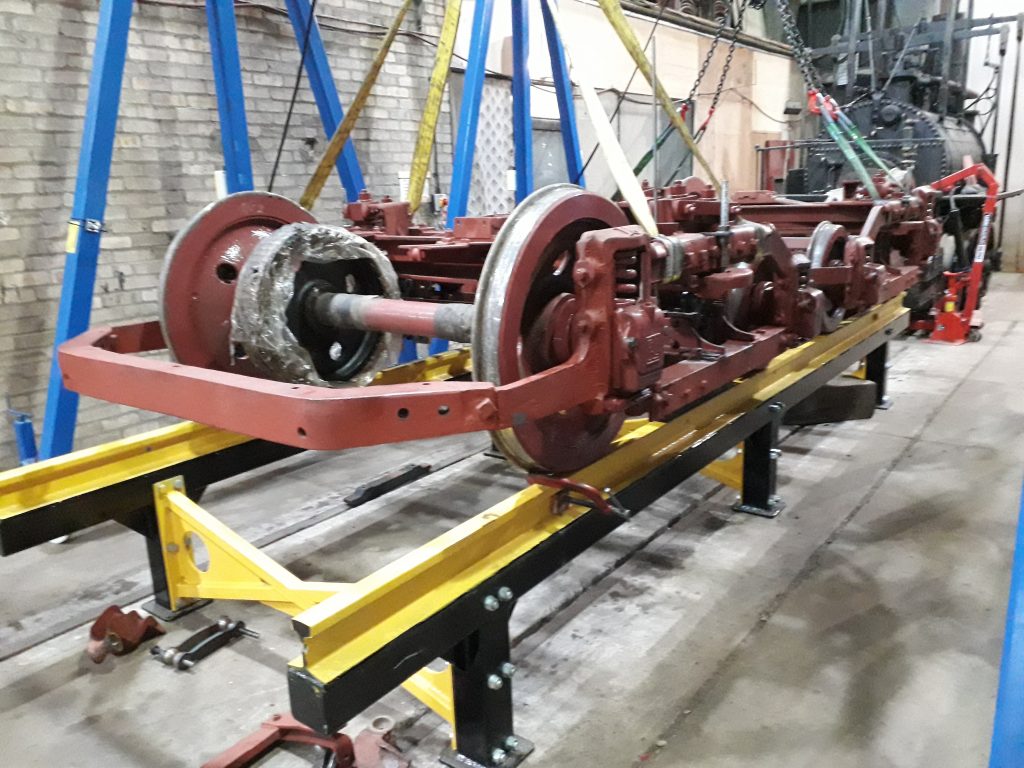


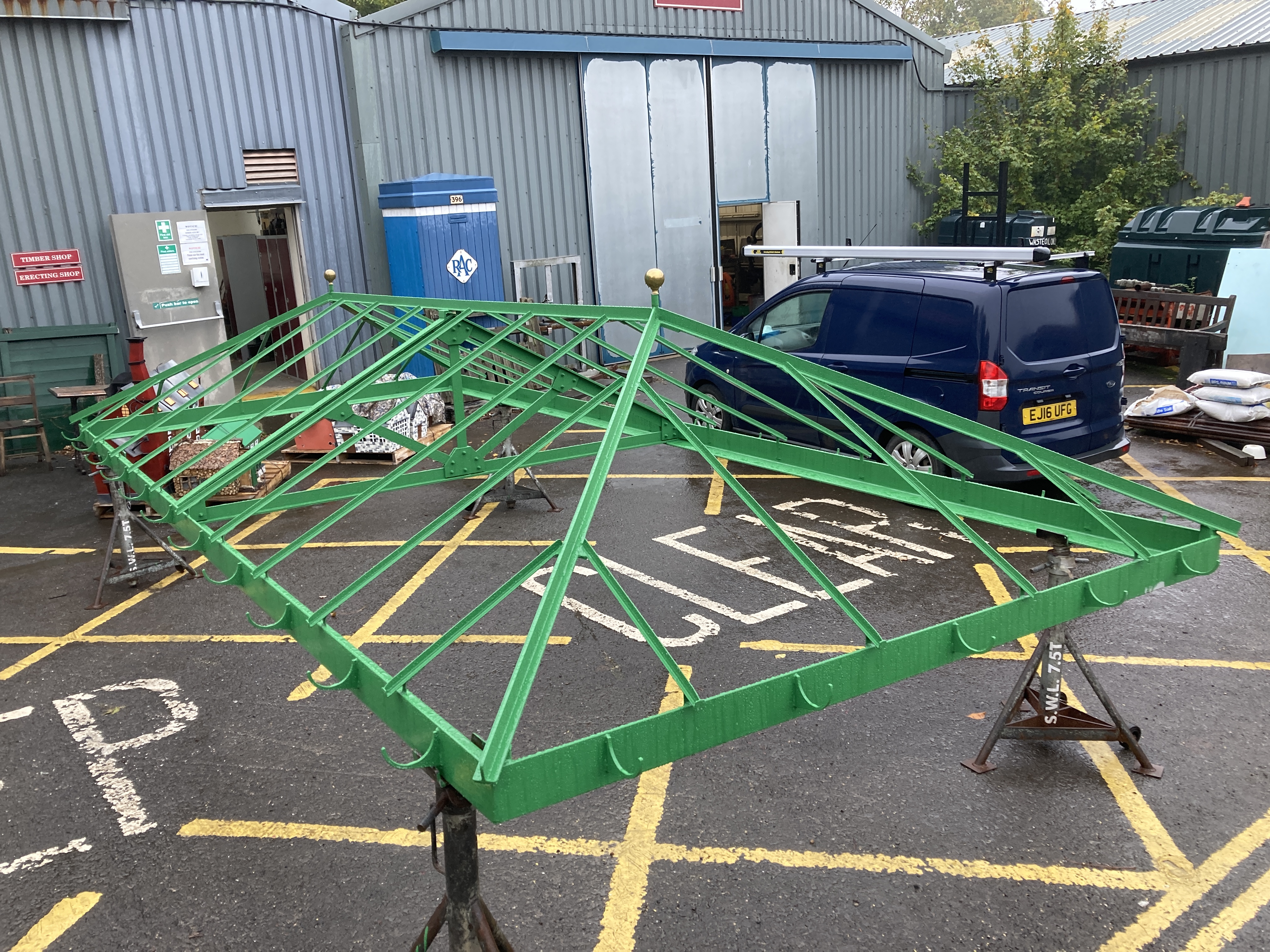
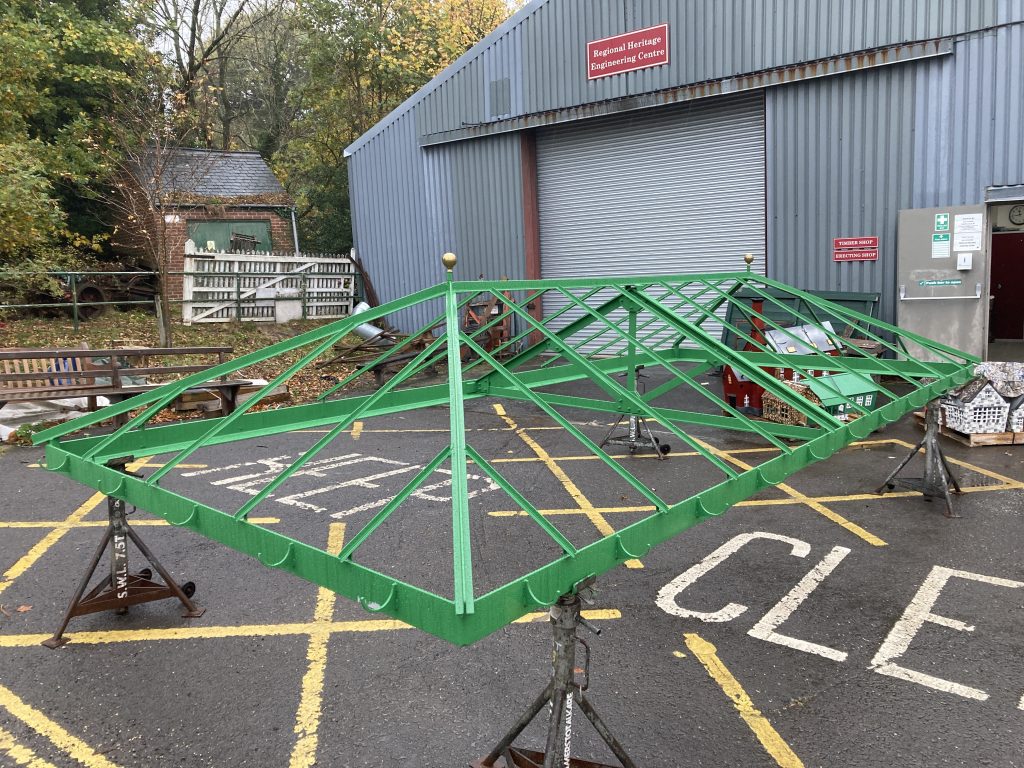
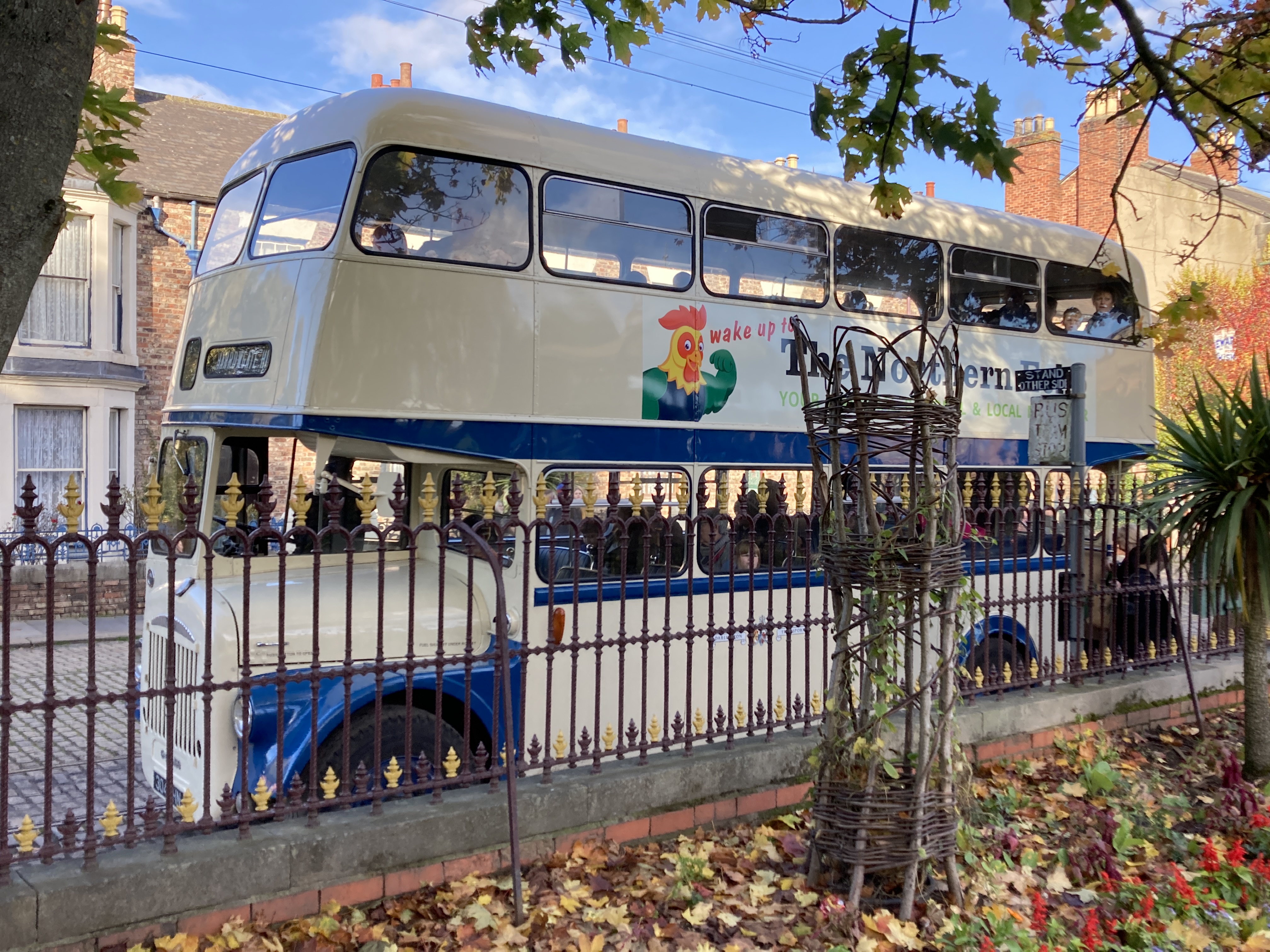
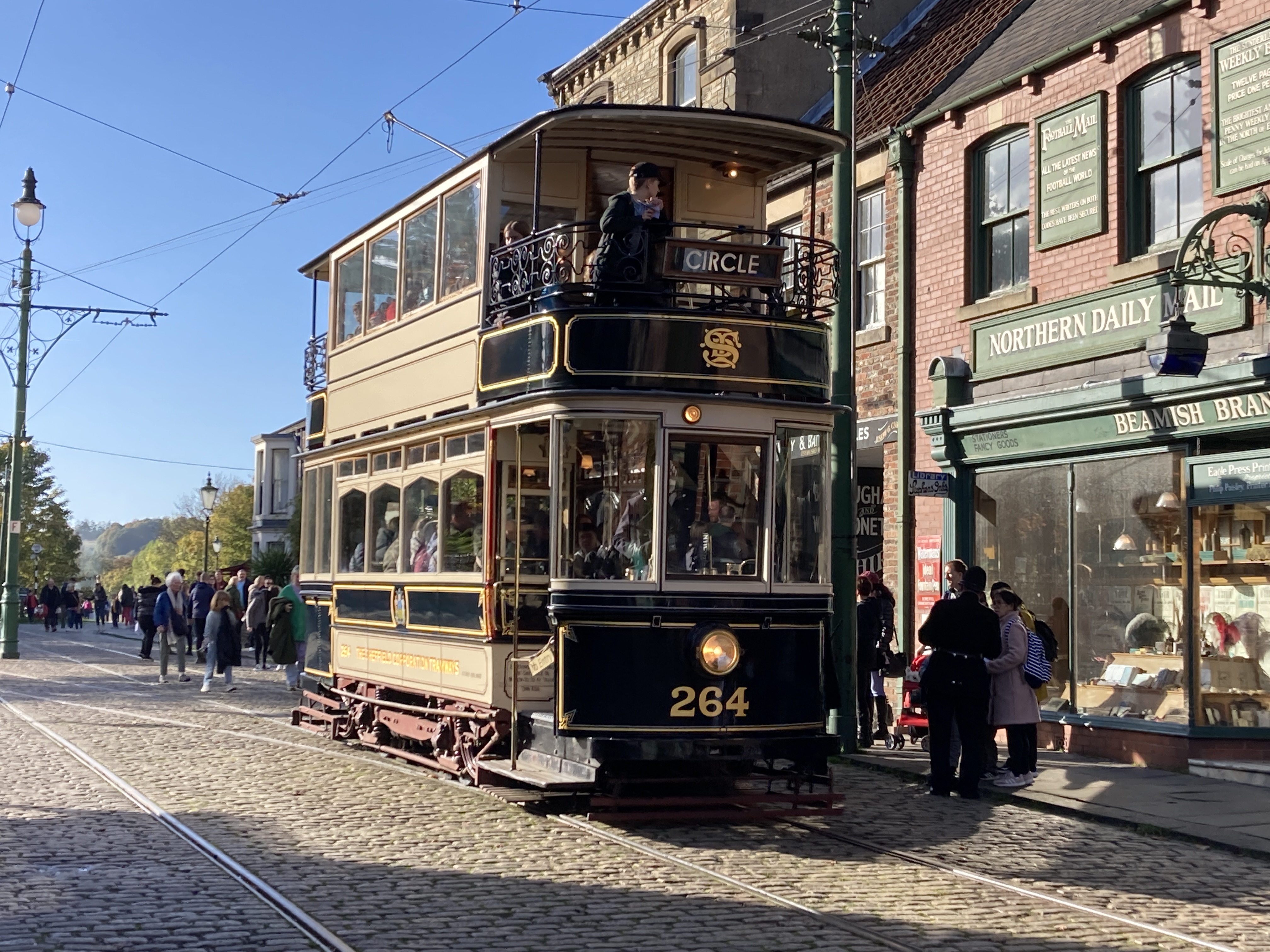
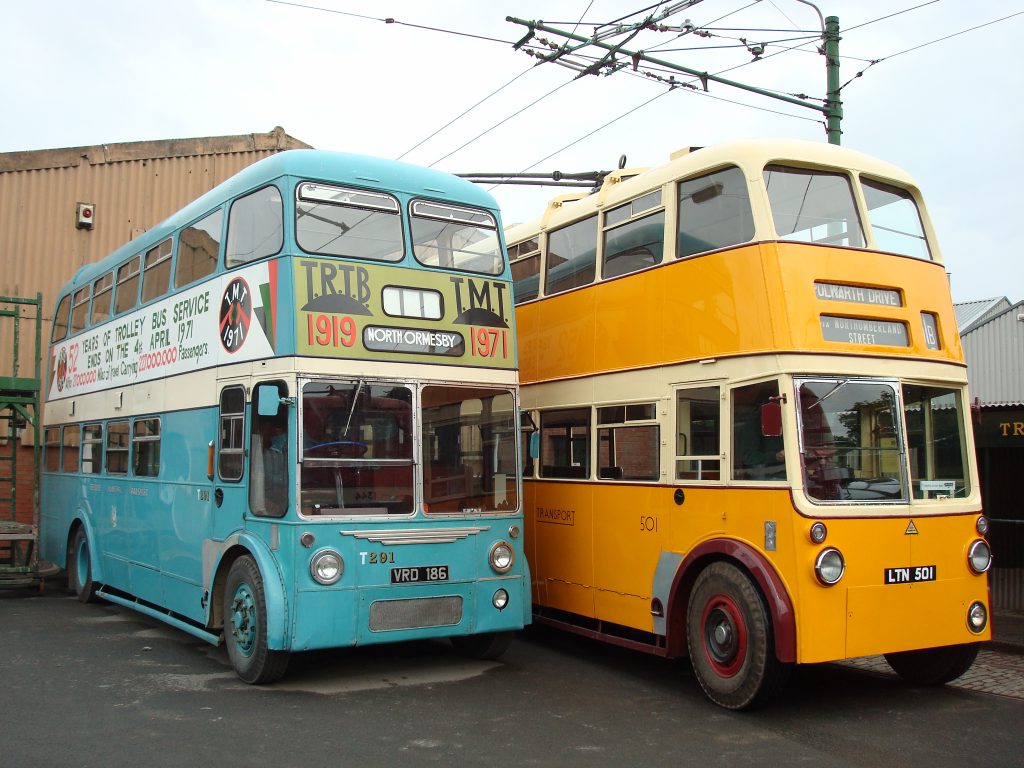
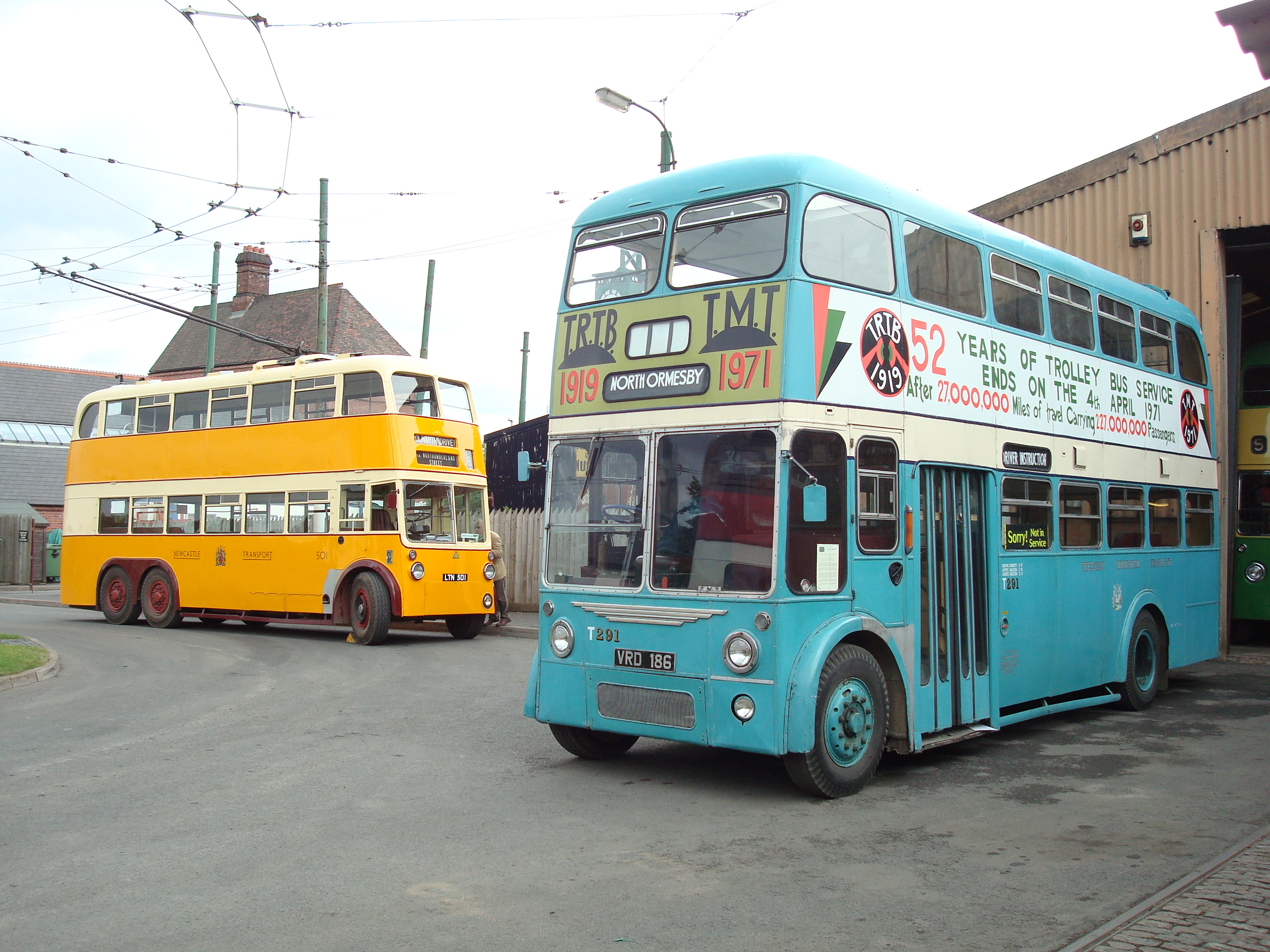
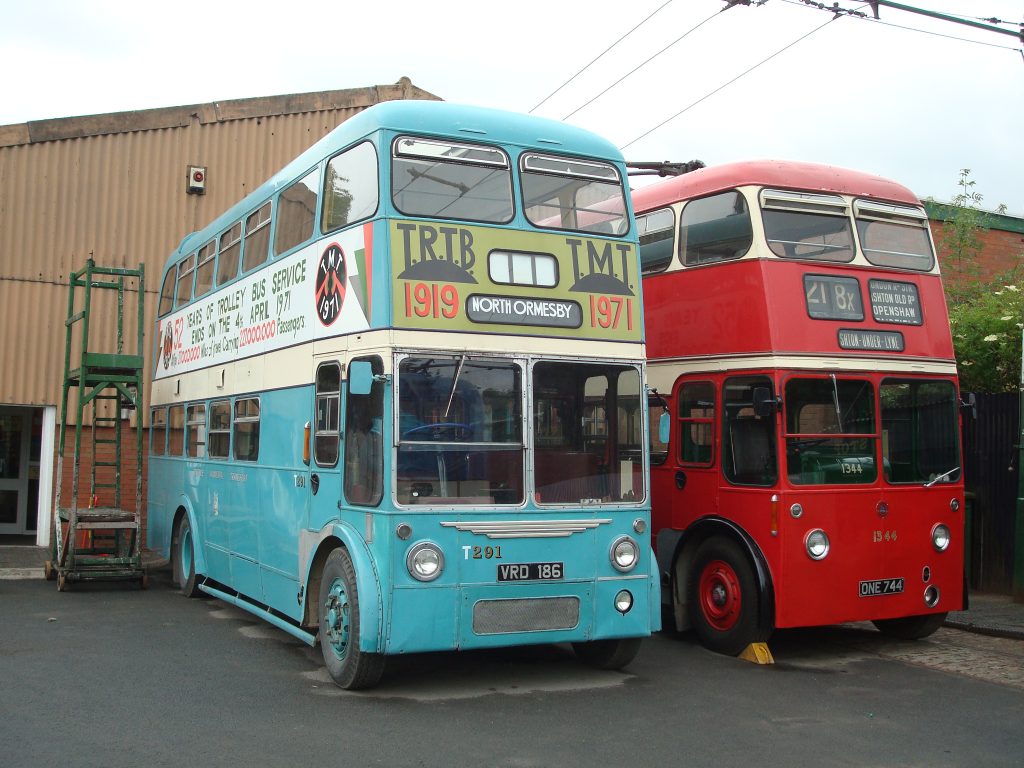





So when do we think true trolley buses will be in service and is there still going to be a new route for them into the 50s town?